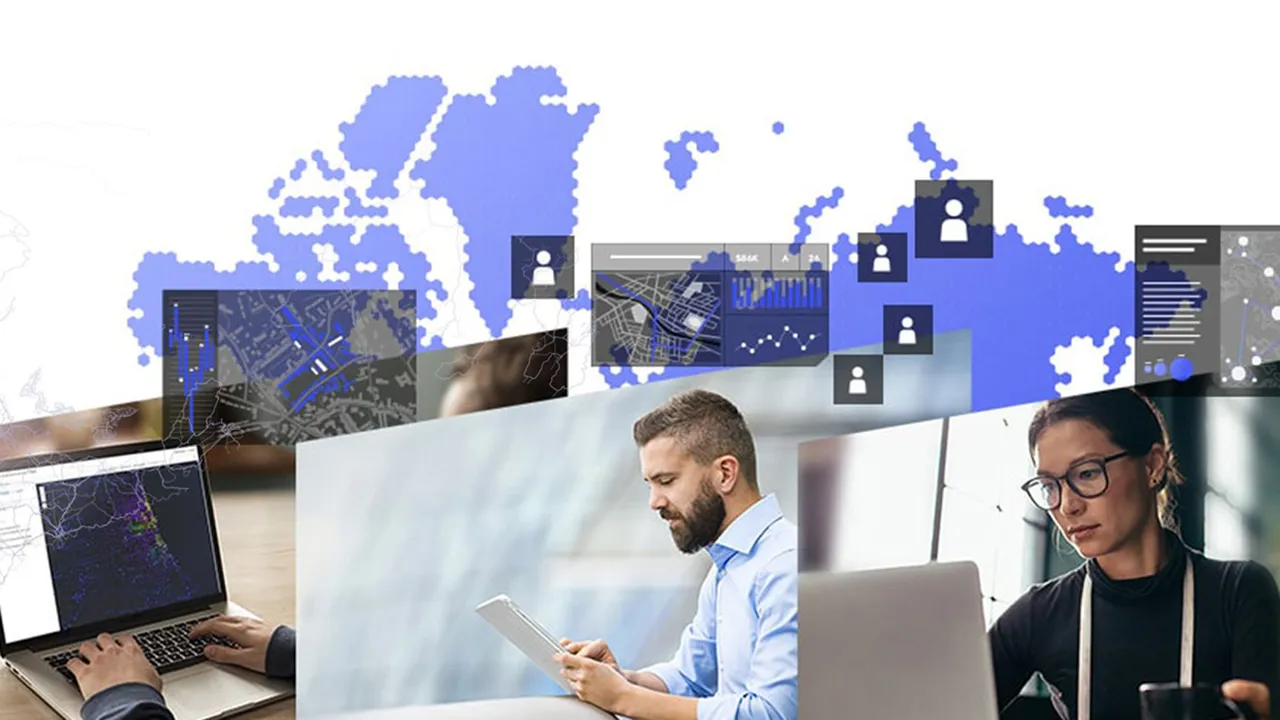GIS Web Portal With ESRI Technology(Advanced)

Course Introduction
This course covers how to utilize GIS capabilities and perform geospatial analysis. Participants will be exposed to different use cases related to business for each analysis type including Proximity, overlay, network, 3D analysis. Also, it is designed to develop an understanding of quantitative analysis of spatial data. The course focuses on how to identify and locate clusters to visualize patterns and gain insights into data. Participants will have hands-on experience on combining statistics with GIS.
DURATION
6 Days
PREREQUISITES
Understanding of ESRI GIS technology
LEARNING OUTCOMES
Learn how to ask spatial questions.
The ability to prepare data for spatial analysis.
Learn to Geo-spatial questions.
Address how to design workflow to perform spatial analysis.
Lean how to use ArcGIS geoprocessing tools.
Learn how to automate GIS processes.
Understand the basic descriptive and inferential spatial analysis
Gain more insights from tabular data using the statistical technique
Learn how to use clustering and autocorrelation technique
Learn how to identify and visualize spatial clusters
Learn how to use time-stamped data
Learn how to visualize time-stamped data
COURSE outCome
introduction to geospatial analysis process
proximity analysis
overlay analysis
network analysis
Routing
Service Area
Closest Facility
Vehicle Routing Problem
Location Allocation
spatial-temporal analysis
automating gis processes
statistical analysis
Introduction to Statistics Concepts and Branches
Descriptive Statistics
Inferential Statistics
Probability Techniques
GIS Data Charts and Diagram Plotting
ANN and Spatial Autocorrelation
Hot Spot and Outliers Clustering
outLines.outLine20
Introduction to Time Series and Time Stamped Data
Time Stamped Data Visualization Time Series Clustering
Emerging Hot Spot Analysis